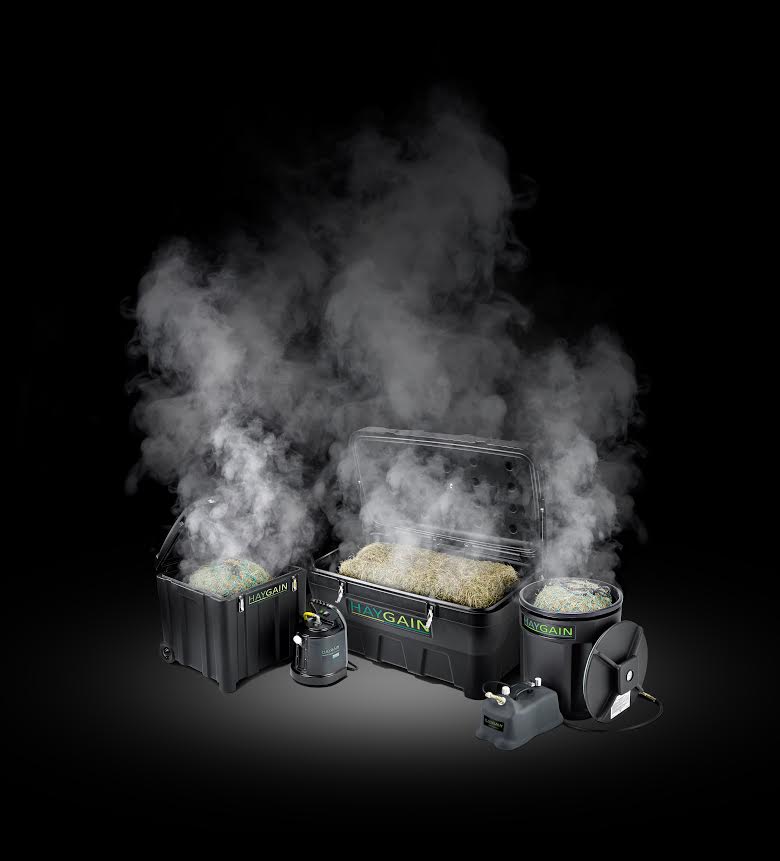Posted: 30th August 2018 | Back to news feed

A Swiss study has found that Hay is the most popular forage fed to horses and ponies around the world as it is cheap, readily available and palatable. The quality of hay can vary depending on where, when and how it is cut, dried and stored, but most hay will contain some levels of dust, spores and bacteria, all of which can be harmful to horses when they are breathed in.
A recent piece of research looked at the levels of inflammatory airway disease (IAD) in horses and found that a staggering 84% of the horses examined had IAD, even though most showed no outward sign. The importance of good stable management practices to limit the potentially harmful effects of dusty hay is now more widely understood, with many horse owners soaking or steaming hay before feeding it to try to remove dust and other microbes.
A 2016 study carried out at Agroscope (Switzerland’s centre of excellence for agricultural research and affiliated with the Swiss Federal Office for Agriculture) explored the extent to which the microbiological quality of hay could be improved when either method is used. Crucially, this study also looked at how long these benefits were effective for, and at the impact of soaking or steaming on the ingredients of the hay.

During this trial, hay was treated with a Haygain steamer with samples taken immediately before the steaming began, straight afterwards and then 3 days after steaming. Hay was also soaked for 5 minutes, 1 hour, 6 hours and 24 hours, with samples taken from each before and after soaking. Again, a sample was tested when the soaked hay had been stored for 3 days. All the samples from both methods were tested for microbiological quality (so the levels of aerobic mesophilic bacteria, mould, fungi and yeasts) and the effect of each treatment on the hay ingredients was examined using near infrared light (NIRS).
In the hay that had been steamed in the Haygain Steamer, the levels of all the microbes tested for (so the bacteria, fungi, moulds and yeasts) had decreased, and these values did not rise even when the hay was then stored for three days. The hay that had been soaked showed very different results – the 5-minute soaking had little effect on the levels of bacteria and mould present in the hay, and when the hay was soaked for each longer period, the incidence of bacteria, mould and yeasts actually increased. When hay that had been soaked and stored for 3 days was tested it was warm to handle, had very high bacterial counts and was considered spoilt and unsuitable to feed by the researchers. Soaking the hay also removed some of the sugars from the hay, thought to be due to leaching and the activity of the yeasts present.
Haygain still recommend that hay is used immediately or up to 24 hours post-steaming, a period well within the window of time for maintaining the benefits that this peer-reviewed research highlighted, however owners will be pleased to know they can safely take steamed hay to competitions and the occasional overnight stay with no harmful impact on the quality of the ingredients, or reduction in the benefits steaming delivers. You can explore the range of Haygain Steamers here.
With thanks to Haygain for their knowledge and expertise. The study referenced was carried out in Switzerland by Wyss, U. and Pradervand, N. (2016).
The Equestrian Index newsfeed is compiled from articles submitted by advertising members and expresses the opinions of those members. Watsons Directories Ltd shall not be held liable for any inaccuracies or mis-statements therein.